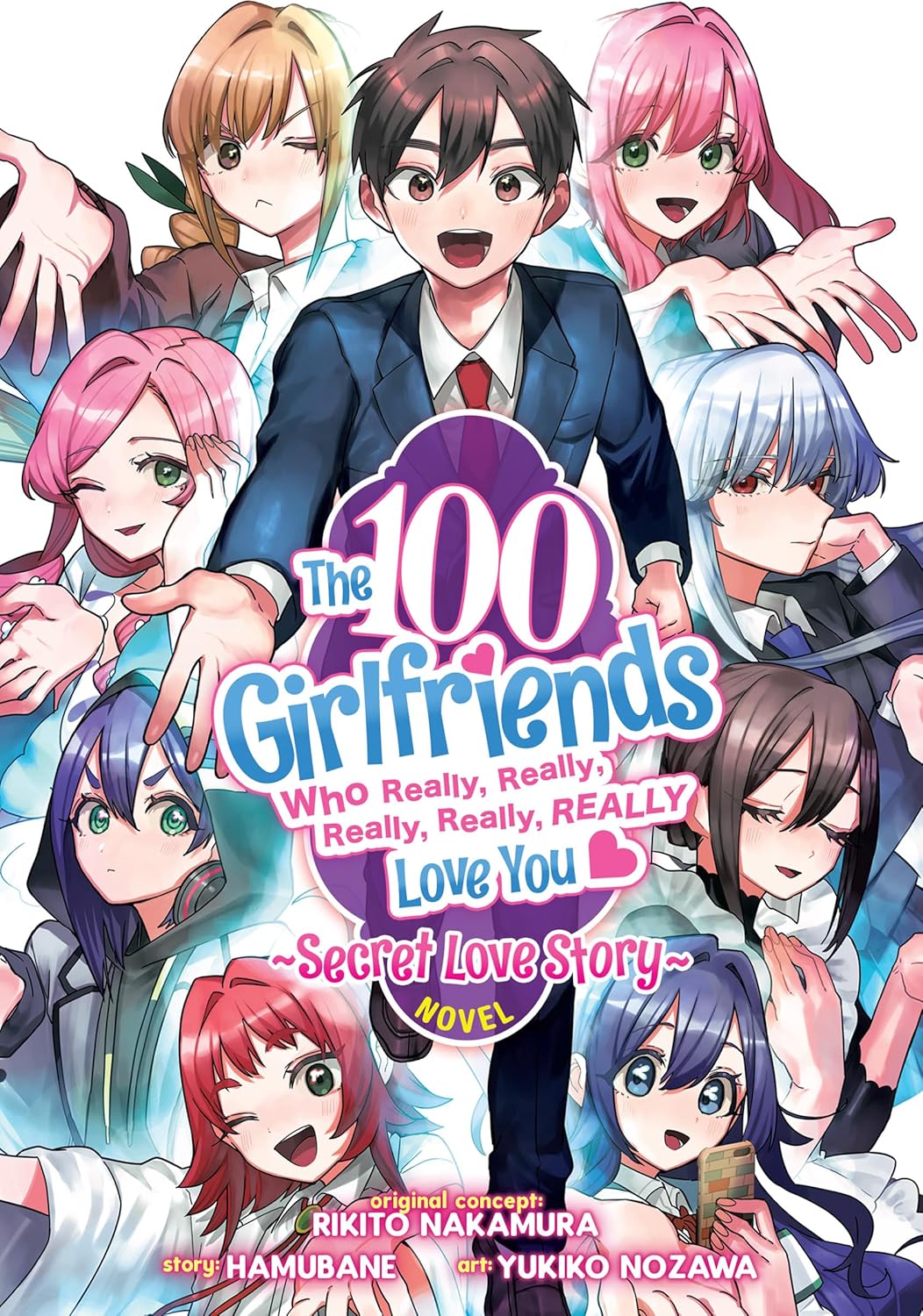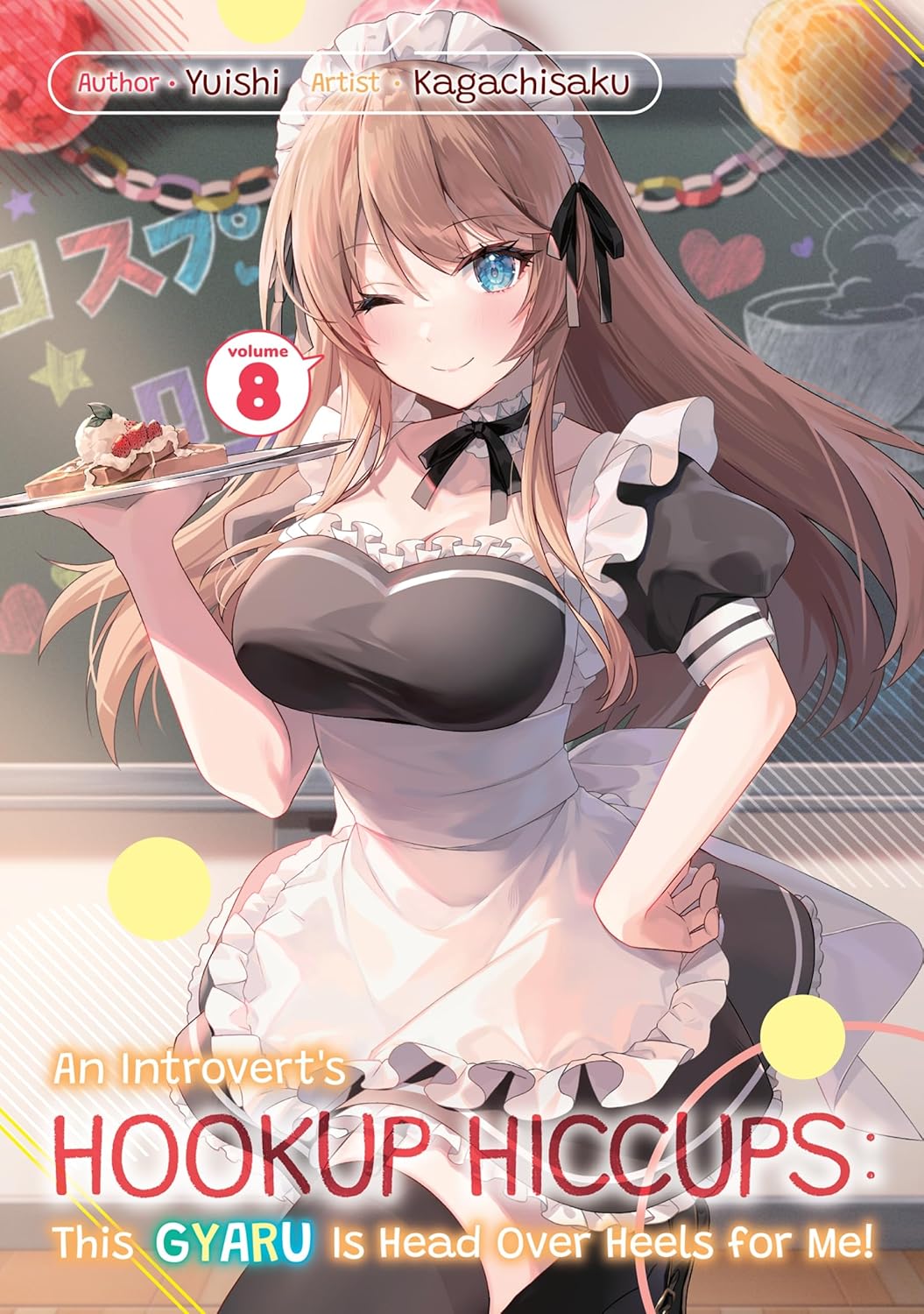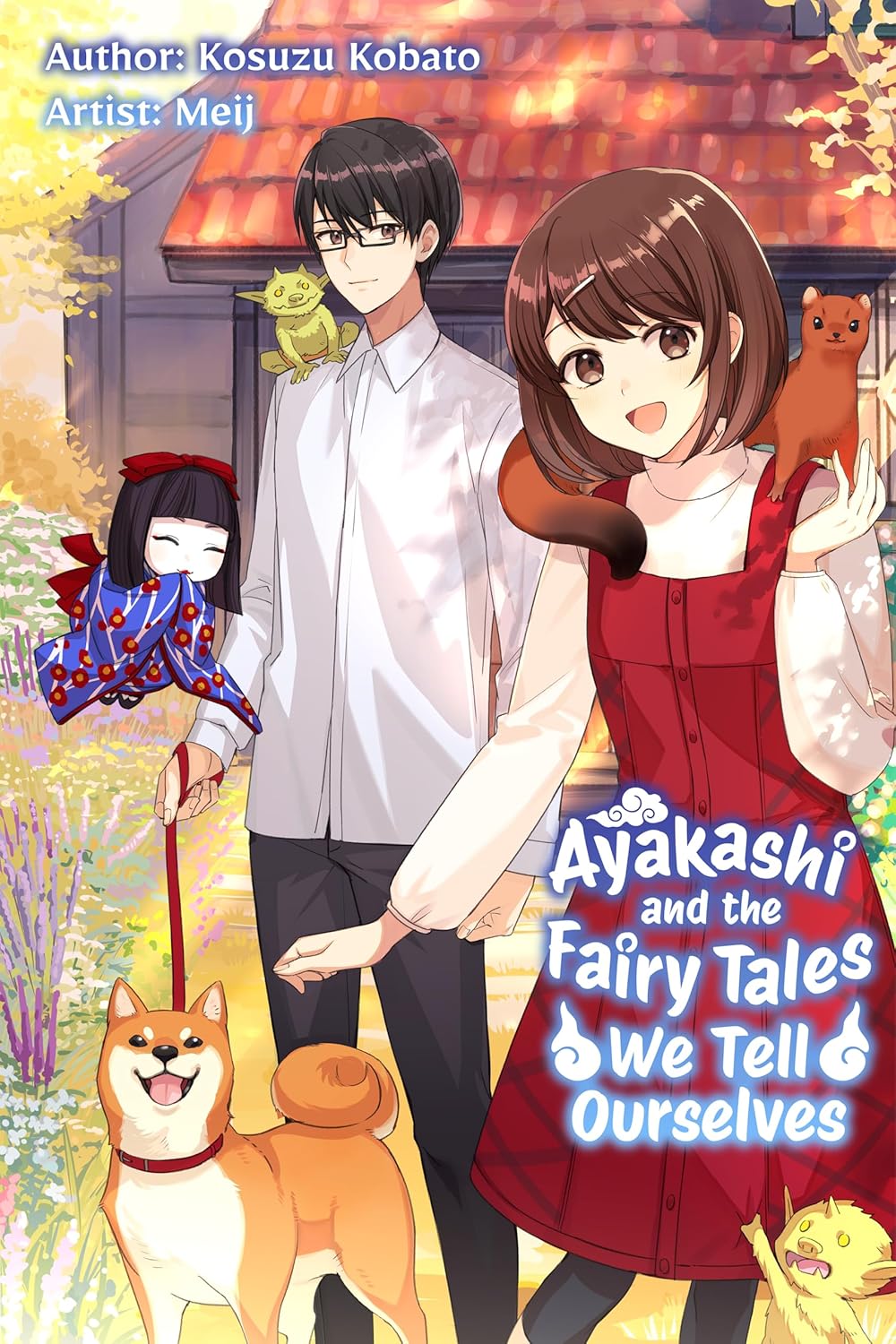By Hamubane, Rikito Nakamura and Yukiko Nozawa. Released in Japan as “Kimi no Koto ga Dai Dai Dai Dai Daisuki na 100-nin no Kanojo Bangai Koimonogatari: Secret Love Story” by JUMP j BOOKS. Released in North America by Airship. Translated by Kim Morrissy. Adapted by Kathleen Townsend.
This review is dedicated to Nicholas Dupree, who would have loved this book. It’s time for CULTURE, folks!
I was a bit worried when I saw this was announced. 100 Girlfriends is, after all, very much a product of its medium. And, as is the case with all light novels that are spinoffs of Jump titles, even if they’re Young Jump titles, I knew it would be written by someone else. The question is, would the light novel have all of the things that we love about the source? The over the top humor, the breaking of the fourth wall, going way too far to the point of putting off its audience a bit, but above all being a wonderfully romantic story about one of the best polycules out there? The good news is that it has all of that. The bad news is it has ALL of that. Be aware, for fans only.
As you can tell by the eight girls on the cover (plus Rentaro – his first cover!), this book is meant to take place sometime between the 4th and 5th volume of the manga. Sorry, Iku fans. It’s a nested short story collection – five “main” short stories with the entire cast, and four 2-3 page short stories featuring two of the girls bonding. The girl pairings are the three you’d expect, plus Kusuri and Kurumi. As for the main stories: 1) Rentaro spends 30 hours dating each and everyone one of his eight girls, till they force him to sleep; 2) An alien possesses Nano to try to learn about the “emotional energy” that the cast possesses; 3) The vice-principal drinks a drug that makes her turn into a kaiju, and Rentaro and his girlfriends must get into a Giant Rentaro Robot that Hahari has prepared to battle her; 4) The cast end up in the world of Circlet Love Story, and when they accidentally break it, they have to work hard to make sure events unfold as the book says; 5) Rentaro loses his memories of high school, and has no idea who any of his girlfriends are!
As with most short story collections, some are better than others. The giant robot story contains a lot I’m not a fan of with this series – it heavily features the vice-principal, and also leans a bit too much on the fetishes – if the word “diaper play” squicks you, feel free to skip this story. On the other hand, the Circlet Love Story short is fun, and benefits from being in Shizuru’s POV, showing that, in her own inner monologue, she’s quite loquacious. The best parts of the book, though, are the ones that are why we read the manga – Rentaro being the best boyfriend in the universe, all the girlfriends acting like their stereotypes but still being well-rounded, lots of fourth-wall breaking about the fact that this is a novel, and even a bit of the yuri some fans like – when Nano is possessed by an alien, no one notices except Rentaro… and Shizuru, who also spotted it. As for Hakari and Karane, let’s face it, they’re also a couple.
I think people picking up this book know it’s going to go too far – Hahari and Kusuri are still in it, after all. But it was fun to read, and I laughed out loud in several places. Also, Karane gets to use a hammer that’s as big as she is AND we get art of the same. Chef’s kiss.



